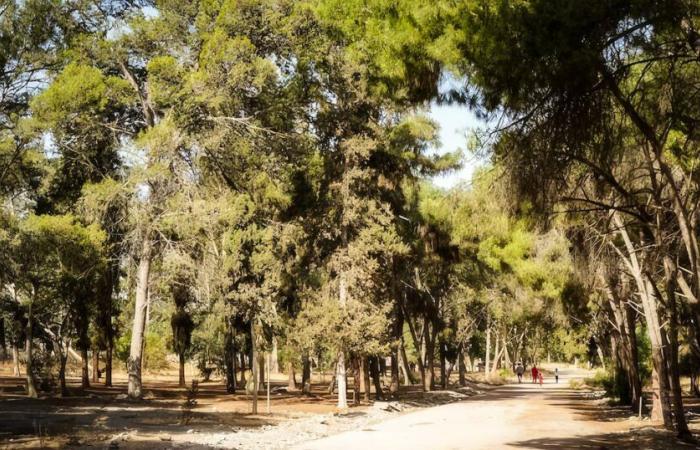A report published by the Royal Institute for Strategic Studies (IRES), which initiated a reflection on the future of the Moroccan forest in a context marked by an acceleration of climate change, delivers alarming conclusions. According to this document, the country’s forest resources, namely its fauna and flora, are seriously degraded due to excessive harvesting, legal or illegal, often exceeding the natural regeneration capacity of the forests.
The IRES report includes the analysis of around twenty experts in the fields of forestry, climate change and sustainable development, supplemented by an online survey in which the majority of respondents are experts, professors academics or field actors “having a good mastery of this topic“. According to the results of the survey, 47% of respondents judged that the forests are in a “bad or very bad“, while around 50% judged that the forests are in a “AVERAGE».
Read also: Forest fires: clear reduction in fires and areas burned in 2024, according to ANEF
The degradation of Moroccan forests, which has persisted for decades, is manifested by a reduction in tree density and the transformation of ecosystems, resulting from various natural and human factors, experts explain.
The latter cite in particular overgrazing, criminal and anarchic harvesting of wood, tree topping, urbanization and infrastructure development, or even land clearing and fires. Also mentioned are parasitic attacks, non-compliance with forestry regulations and sometimes the application of inappropriate silviculture (maintenance of forests with a view to their commercial exploitation).
The damage of overgrazing
Forests provide freely accessible forage resources all year round for all types of livestock. This gratuity leads to overgrazing of silvopastoral resources, a situation aggravated by association contracts between local populations and investors from outside the user communities. Experts also deplore the abandonment of traditional pastoral practices, such as transhumance and pasture rotation (Agdal), which has contributed to the overexploitation of pastoral space in the forest and outside the forest, particularly during periods of scarcity.
Read also: African Development Bank: financing to sustainably develop Morocco’s forests
This state of affairs is amplified by several factors, including the inadequacy of laws on land use, uncertainty over property rights, lack of coordination between actors, the increasing sedentarization of herds and land conversion. grazing on agricultural land.
These practices open the way to other forms of degradation, such as the proliferation of parasites and water erosion, aggravated by the reduction of plant cover. “In short, climate change with a confirmed aridification of the climate as well as social developments, associated with the various constraints encountered in forest management, have led to an amplification of the factors of degradation of forest ecosystems over the last decades.», underlines the IRES. “As a result, the forest, which is a multifunctional space serving a diversity of stakeholders, with often divergent interests, continues to suffer the repercussions of this situation, paying a heavy price.», he concludes.
9 million hectares of forests
The Moroccan forest land area covers, according to official statistics from the National Agency for Water and Forests, 9 million hectares, including 5.8 million hectares of forest formations and 3.2 million hectares of alfa layers. These forests, mainly state-owned, contain around forty terrestrial ecosystems. In addition to the forests falling within the State forest domain, there are forests with other land statuses, mainly those of ethnic communities placed under the supervision of the Ministry of the Interior, as well as private forests extending over approximately 500,000 hectares.
Read also: Sustainable development: an ANEF-AFD partnership for the preservation of forests in Morocco
The average afforestation rate is around 8%, with notable disparities depending on forest regions and bioecological contexts: 40% in the Rif, around 30% in the Middle Atlas region and only 4% in the southern provinces.
Forest ecosystems also include areas reserved for the in situ protection of biodiversity, such as sites of biological and ecological interest, national parks, nature reserves, biosphere reserves and wetlands of international importance. “These ecosystems are home to remarkable biodiversity, ranking second in the Mediterranean, and are of great environmental, social and economic importance.», notes the IRES.






